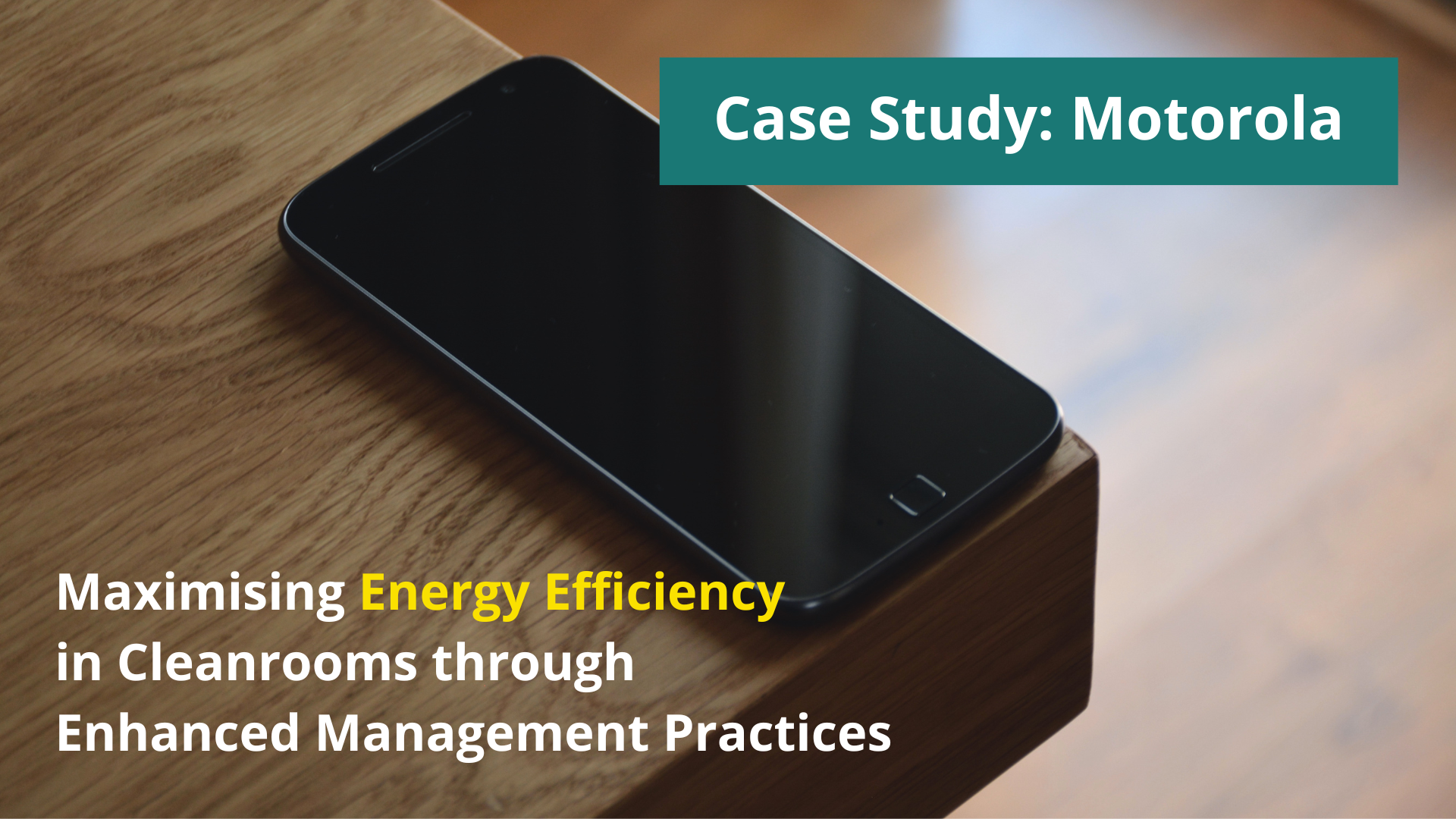
A virtual audit, also referred to as a remote audit, is a paperless method of conducting an audit using technology and electronic methods for communication such as video-conferencing.
During virtual audit the auditor evaluates policies, processes, procedures and personnel in real time through information and communication technologies (i.e. via screen sharing functions).
All audit evidence that would be collected in-person is gathered through these electronic means and on-site interactions between company and auditor do not exist. Whereas on-site auditing activities are always performed at the location of auditee, a remote audit can be performed at any place, regardless of the distance.
Audits can be performed on-site, remotely or as a combination. Whether it’s a virtual audit or an on-site audit, the objective remains the same, i.e., obtaining audit evidence that can be used appropriately to assess a company’s compliance with the set requirements. You might wonder where the difference lies then? The difference between the two lies in the means with which the evidence is collected and then presented.
If remote or virtual audits are still a relatively alien concept for you, we suggest you keep reading.
How Do Virtual Audits Work?
A virtual audit follows the standard audit process while using online environment to gather evidences. A virtual audit can start with the company either providing a digitized document of company profile or by conducting a virtual tour that will help auditors understand the company better.
It is also recommended to use floor plans of remote locations for reference. The introductory meeting usually ends with the auditors providing the company with a list of required documents and the communication then continues from that point onwards.
Factors to Consider While Conducting an Effective Virtual Audit
Until now, internal and suppliers audits have mainly been performed on-site, but currently companies are facing new challenges: many employees still work from home and business travel is avoided wherever possible.
So far, remote audits have been the exception rather than a rule. However, more and more companies are asking themselves if they can – or must – carry out internal and supplier audits as planned. All in all, a virtual way to do things has become quite common following the COVID-19 pandemic and many companies thoroughly rethought their working methods – even audits and have started to prefer this way. While going virtual is always easier and saves time and money, it does brings its own sets of risks and challenges if proper planning is missing from the equation.
1. Communication is Key
To conduct asuccessful virtual audit, it is extremely important for your company to pro-actively invest in good communication tools. This can be software, telephones or video-conferencing apps—anything that promises smooth and uninterrupted communication with the auditors.
Our tip is to check the internet connection and conduct a test of the agreed method of communication before the audit to resolve potential technical issues. Regardless of this technology check, a contingency plan shall be in place in case of interruptions. This may involve the usage of alternative technology or simply to allow an extra audit time during the planning.
In an on-site audit, it is fairly easy to build rapport and develop a working relationship with your auditor. In a remote-audit, however, this can be a little more challenging. This is why effective communication tools are crucial for you to consider before you decide opting for a virtual audit.
Another key takeaway is to ensure distance barriers are removed as much as possible. You can do this through screen-sharing, using white-board capabilities during video conferencing and ensuring the camera is always on. This not only helps auditors in picking up visual-cues that they would in an on-site audit meeting, but also helps you build a relationship with them, making it easier for you to trust them.
2. Plan Ahead
One of the key differences between on-site and a virtual audit lies in its planning phase. We’ve already covered communication, what follows is effective planning and good preparation by auditors and auditees that goes into a successful audit.
Before your introductory meeting, make sure to obtain the list of documents required so you have ample time to submit the documents to them. It’s a good practice for an auditor to share what they expect from the auditee and vice versa in the first meeting to avoid miscommunication later on.
Whether it’s scheduling video-calls, e-meetings for a quick update or virtual tours, make sure to plan ahead and give the other party adequate time to revert. It’s strongly advised to mutually discuss and decide turnaround times for all tasks and activities to reduce chances of delay.
3. Invest in Technology
A major factor that contributes in the effectiveness of a virtual audit is whether the company invests in technology. For audits conducted remotely, it’s best if your company gets a cloud based automated system that can serve as an electronic storage system for all documents. This makes the process of sharing information smooth and efficient.
What’s even better is that advanced analytics and data representation using visual tools can save an auditor a lot of time compared to the monotonous manual reporting method they’d be using during an on-site audit.
If your company is leveraging tools in the right way, you can also enhance visibility of the audit amongst senior management. As opposed to the on-site method involving loads of paperwork and physical files, operating an electronic system can ensure greater consistency.
Regardless of the type of audit it is always important to ensure security and confidentiality. Our tip for virtual audits is to use a secure network with a VPN (Virtual Private Network) system.
All in all internal and suppliers audits can be carried out remotely and possible flaws and risks can be easily mitigated by proper planning and preparation.
At EQM Consult, we offer both – on-site and virtual audit services including audit planning, review of documentation, collecting and verifying evidence and preparing and distributing of audit reports. Contact our expert consultants by filling the form and we’ll get back to you.


Ph.D. Beata Paliwoda
Founder and Owner of EQM. Environmental and quality consultant and auditor. Professional career built in Quality Assurance departments in various companies from the automotive, aerospace, railway industries, as well as a management systems consultant. Successfully completed many complex projects related to the implementation of management systems, process improvements and business transformation. Auditor of ISO 9001, ISO 14001, AS 9100, project manager of APM, lecturer at the Poznan University of Business and Economics, researcher on the effectiveness of EMS and QMS in organisations.





